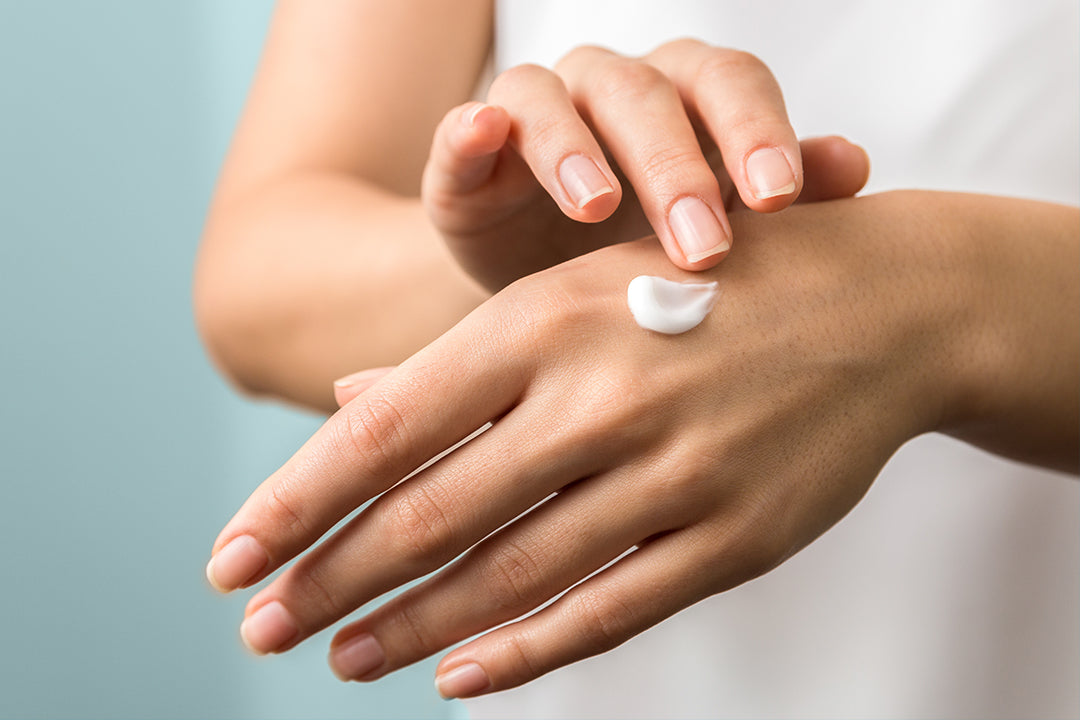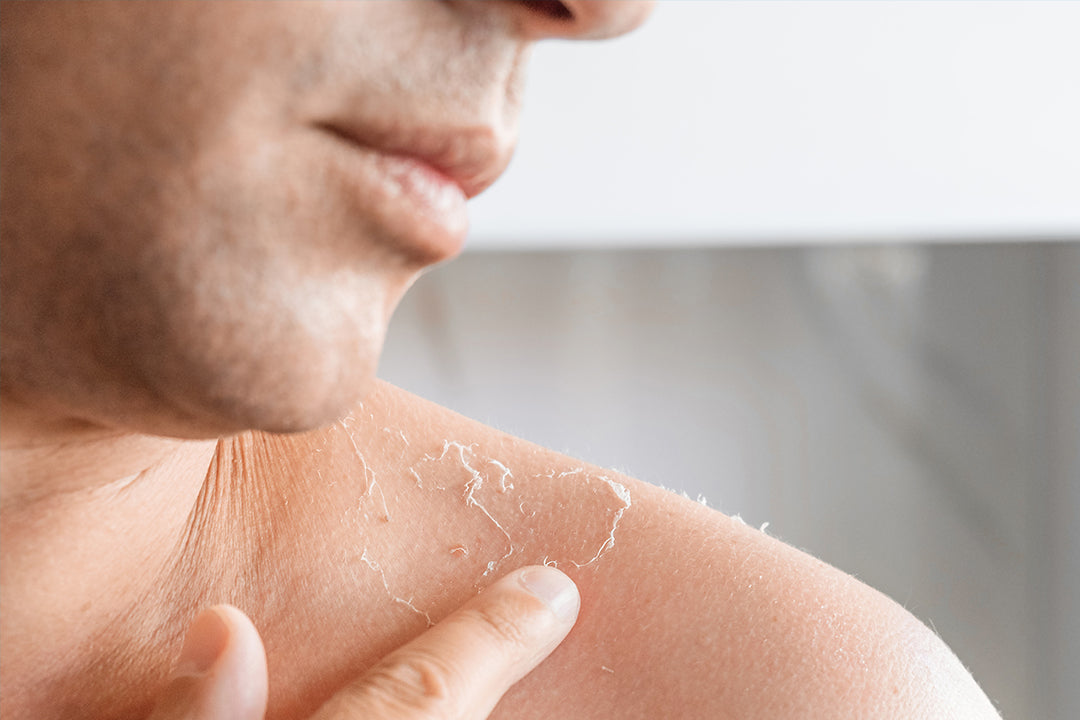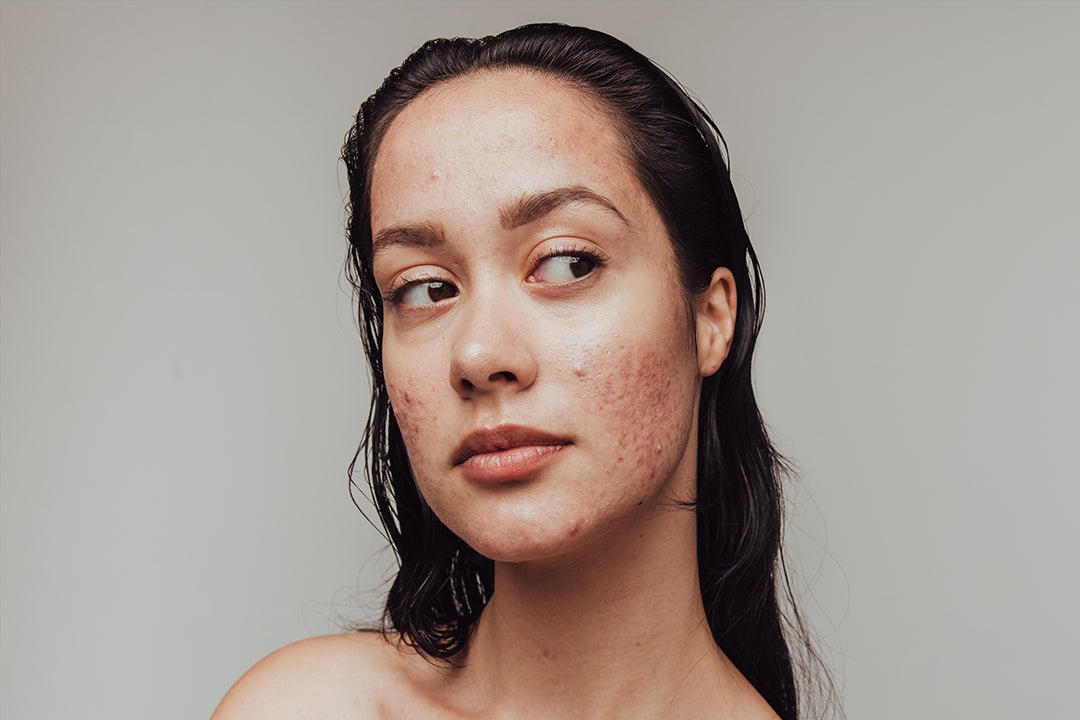
In the quest for radiant, healthy skin, hydration plays a pivotal role. But what exactly happens when we apply a moisturizer? Understanding the science behind skin hydration can help us choose products that not only feel good but also support our skin's health on a deeper level.
The Layers of the Skin
To grasp how moisturizers work, it's essential to understand the skin's structure. The skin is composed of three primary layers: the epidermis (the outermost layer), the dermis (below the epidermis), and the hypodermis (the deepest layer). The epidermis itself contains several layers, with the stratum corneum at the very top. This layer acts as a barrier, protecting the skin from environmental stressors and preventing moisture loss.
The Role of Natural Moisturizing Factors (NMFs)
Within the stratum corneum, Natural Moisturizing Factors (NMFs) play a crucial role in maintaining skin hydration. NMFs, which include components like amino acids, lactic acid, and urea, help to attract and retain water within the skin cells, keeping the skin hydrated and elastic. However, factors like aging, environmental stressors, and harsh skincare products can deplete these natural hydrators, leading to dryness and irritation.
How Moisturizers Work
Moisturizers are designed to support the skin's natural hydration mechanisms. They work in three primary ways:
Occlusives: These ingredients form a protective layer on the skin's surface, preventing water loss. Examples include petrolatum and silicones. By sealing in moisture, occlusives help to keep the skin hydrated and soft.
Humectants: Humectants attract moisture from the air and draw it into the skin. Glycerin, hyaluronic acid, and propylene glycol are common humectants found in moisturizers. They help to replenish the NMFs in the skin, boosting hydration and plumpness.
Emollients: Emollients fill in the gaps between skin cells that are missing their lipid content, smoothing and softening the skin. Ingredients like ceramides, fatty acids, and squalane mimic the lipids found in the skin, restoring its natural barrier and improving texture.
Choosing the Right Moisturizer
With an understanding of how moisturizers work, choosing the right product becomes a matter of assessing your skin's needs. For dry skin, a richer cream with occlusives and emollients can provide lasting hydration and repair the skin barrier. Oily or acne-prone skin might benefit from a lighter lotion or gel formula that hydrates without clogging pores, using non-comedogenic humectants.
QRxLabs: Hydration Meets Science
At QRxLabs, we harness the power of science to formulate moisturizers that address various skin needs. By blending effective hydrating agents with natural ingredients, our products aim to replenish and protect the skin's hydration levels. Understanding the science behind skin hydration empowers us to create formulations that not only hydrate effectively but also support the skin's overall health and resilience.





